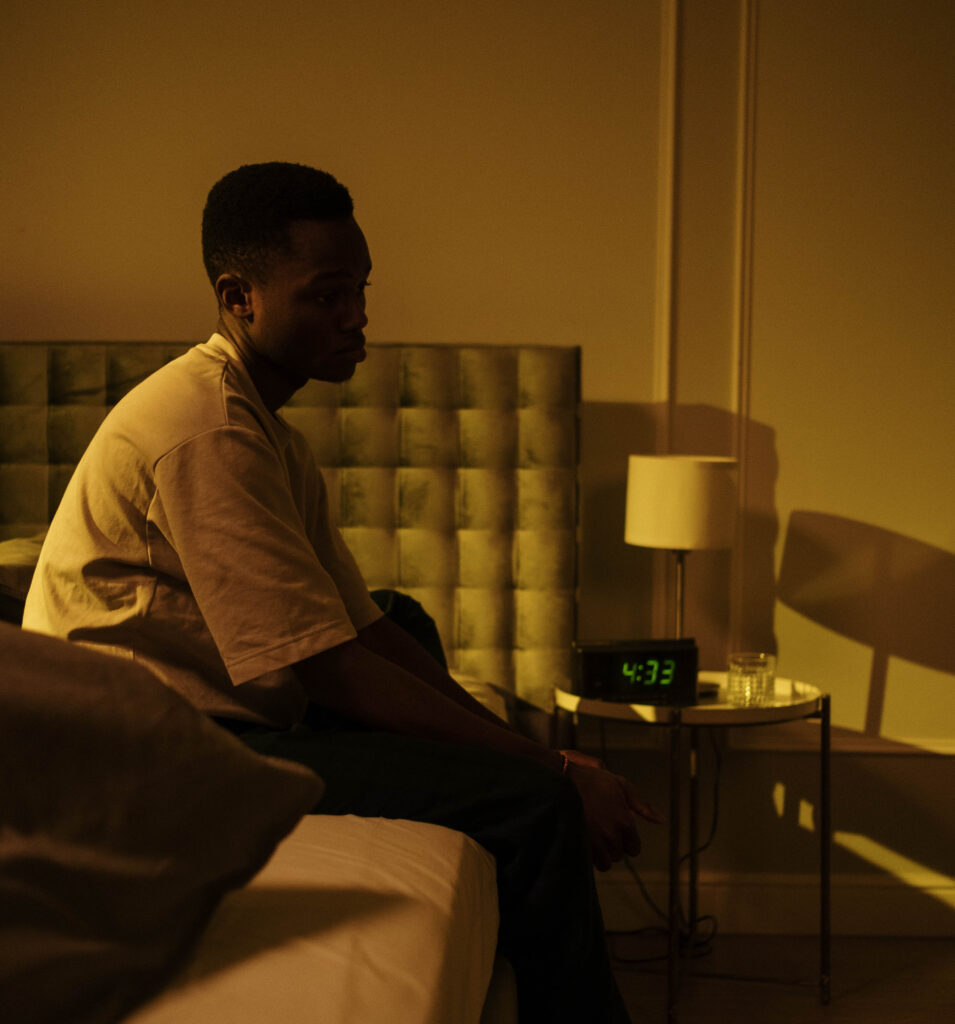●
- October 21, 2023
Treating sleep anxiety can involve a combination of medication, therapy, and lifestyle changes. Cognitive Behavioral Therapy (CBT) has been found to improve sleep quality and reduce the time it takes to fall asleep in people with anxiety.






